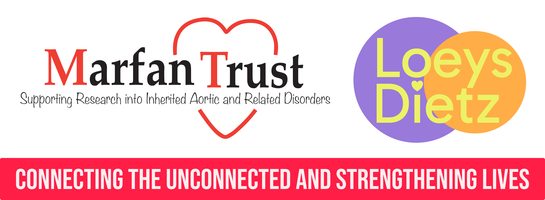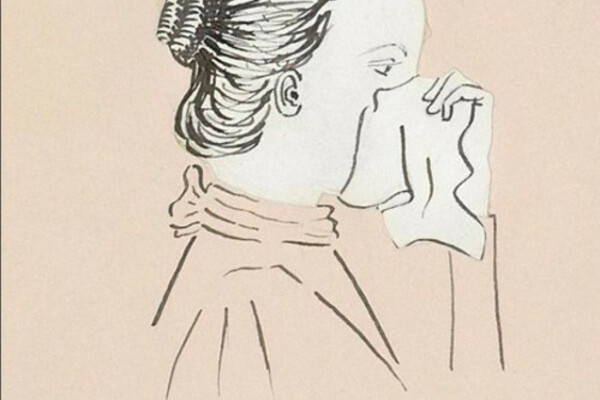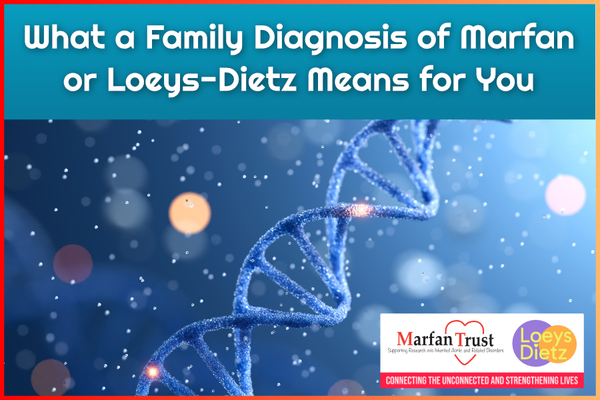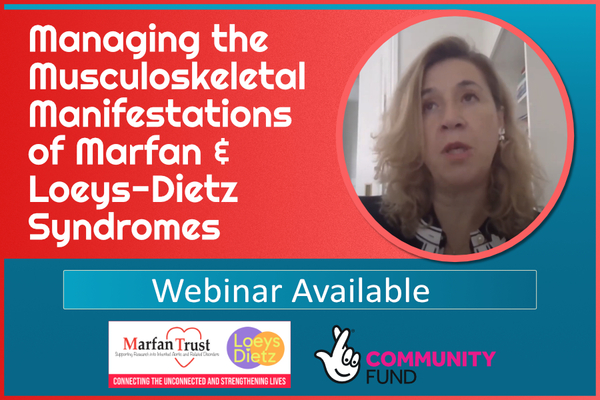As COVID-19 continues its disruptive reign and scientists race for a vaccine, we live our lives under lockdown, reliant on government and medical guidance. Feeling especially reliant upon medical advice, perhaps, are those more vulnerable to this new disease, namely older folk and people with an underlying health condition. Marfan syndrome and its attendant aortic condition falls into this category of heightened susceptibility. But, with the disparities and individual variabilities among those with the syndrome, not everyone in the Marfan community is at equal risk. As such it’s difficult to dispense blanket medical guidance. We thought therefore to present four disparate case studies, in the hope they may help, offering clarity and perspective during this uniquely worrying crisis.
What is Coronavirus/COVID-19
In these accelerated times when yesterday’s news feels like ancient history, Christmas feels positively prehistoric. It was just after Christmas in Wuhan, China, that a novel coronavirus first made itself known in a cluster of cases of pneumonia. Coronaviruses are a family of viruses that cause disease in animals and birds, while seven strains of the virus have made the leap to humans. Most people will be infected by a coronavirus during their lifetime and they have caused the common cold in humanity for decades. But this new strain now known as COVID-19 is more serious and related to another coronavirus, Sars (Severe Acute Respiratory System) that swept the world in 2002. Some who catch it can get pneumonia in both lungs with fatal consequences. It emerged from an organism previously unknown to scientists and, while less severe than Sars, is more infectious as many who carry it are asymptomatic. Hence we find ourselves in a pandemic.
FAQS
To provide some help to Marfan patients and their families, the following four case studies in the form of FAQ's have been extracted from recent correspondence with Dr. Anne Child, Medical Director of this Trust and a Marfan syndrome expert. They are all-encompassing, reflecting the individual variabilities inherent in Marfan syndrome while covering a range of age, gender and job type. To protect the identity of those involved, we have withheld names and anonymised.
Q1: A worried parent wonders if their adult son should self-isolate. The son is awaiting aortic root replacement surgery, now delayed owing to the coronavirus crisis. He works with the general public and the nature of his job makes it hard to maintain a two-metre distance from customers. He is taking care to stay safe, but the added complications of asthma and epilepsy are preying on the parent’s mind.
A1: The son is at risk because he has heart involvement and asthma. Therefore if he caught the virus, he would have a greater risk of developing pneumonia. Also he has an underlying condition of epilepsy and the fever may increase his likelihood of having an attack. Since he cannot remain at a six-foot distance from his customers, I would recommend that he self-isolate until the government gives us direction to return to work. He should speak to his employer about pay during this time.
Q2: Two anxious parents feel their respective jobs may place their 12-year-old Marfan-afflicted child at heightened risk. One parent works in a busy supermarket while the other spends alternate weeks in an office among a small group of people. How should they protect the child in these circumstances, while retaining a degree of normality? Meanwhile the child is on a regime of Atenolol because of the widening of the aortic valve.
A2: If the child has no lung disease, they are not at highest risk of pneumonia, however, the aortic involvement means that they are at higher risk than the general population. Because the schools are closed, they will be self-isolating to a degree. If they become bored perhaps they could develop a new interest like art, gardening or playing a guitar.
The risk from the office-based parent is minimal, provided they stay six feet from colleagues at work, and change out of work clothes and wash hands upon returning home. Working in a supermarket is more problematical, however, particularly because the parent cannot keep six feet from their customers. They should wear gloves and wash hands frequently. They should try not to touch their face. They should also change out of clothes upon arriving home and wash before greeting family.
Q3: An adult male suffers from Marfan syndrome and an attendant weak wall of the heart and ectopic heartbeat. Is he at higher risk from COVID-19?
A3: Yes, he is at a somewhat increased risk because he has a "cardiac dysfunction". He is not at high risk if he has no history of lung disease. I suggest he works from home if possible, and isolates for until the government gives the green light to return to work.
Q4: A teacher with Marfan syndrome and a self-healed tear of the abdominal aortic valve wonders if she can continue going to school to help look after her key worker children.
A4: Because she has Marfan syndrome she is at somewhat higher risk. If she does not have any history of lung disease, she is not at highest risk. I think she will be fine, but she should work only with the older children and should avoid lifting other small children. She should also wash her hands often. This virus can survive on desks and counters for 72 hours. When she arrives home, she should change and wash. She should additionally not wear work clothes after hours while cooking or contacting other family members.









